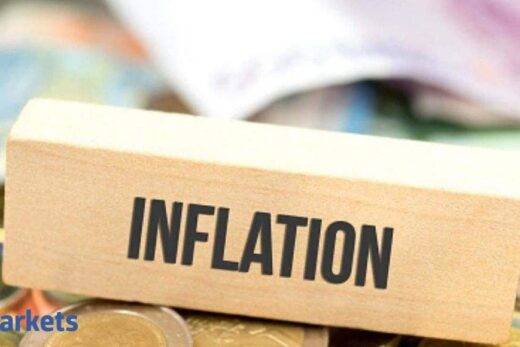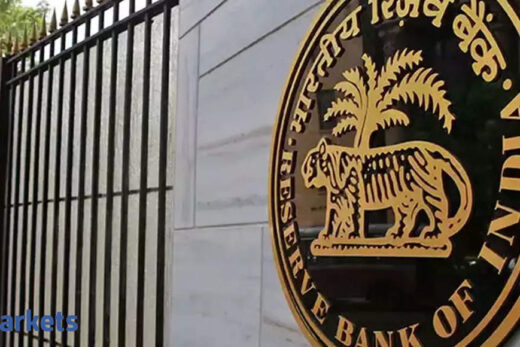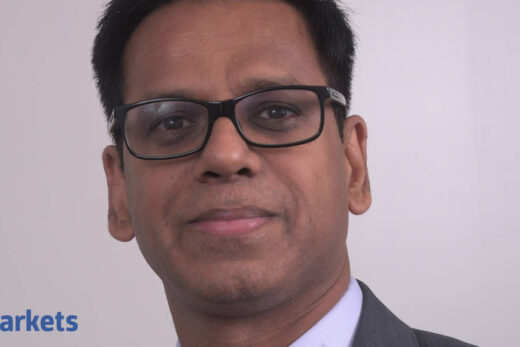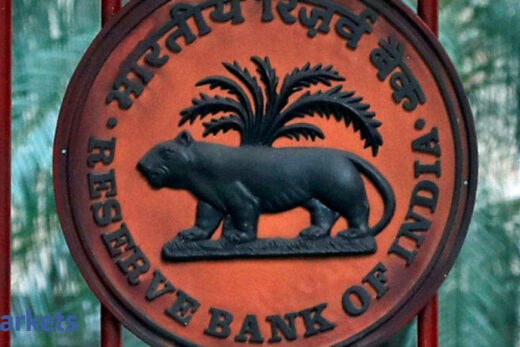All the six members of the Monetary Policy Committee (MPC) voted to keep rates unchanged, but J.R. Varma, an external member, voted for the second straight time to end the accommodative stance, something he has said is not necessary to keep rates low but has the potential to dent the credibility of the central bank’s inflation targeting framework.
“The stance remains accommodative as long as necessary,” Governor Shaktikanta Das said. “We have not been a prisoner of rulebook.”
The policy repo rate, or the rate at which RBI lends to banks, is kept at 4% after the six-member MPC voted unanimously in favour of a status quo, while the reverse repo rate remains at 3.35%.
Central banks across the globe are under pressure to roll back the extraordinary stimulus they provided at the outbreak of the pandemic last year. But economies have recovered since then, albeit unevenly. But at the same time, prices for goods and services are rising, threatening the credibility of monetary policy in its vital objective of containing inflation. While central bankers have maintained that inflation was due to supply side factors and was transitory, the tone has begun to change.
An ET poll of 24 banks, funds and financial institutions showed that the MPC would maintain status quo on rates and stance but would also evaluate inflation risks arising out of the global energy crisis and rising motor fuel prices, something that could potentially dent growth and upset India’s balance of payments.
India’s economy expanded 20.1% in the June quarter, versus 24.4% growth contraction in the corresponding quarter last year. Benchmark Indian stock indices that rose to fresh highs have come off since, although they are still within 5% of their record showing. Inflation, as measured by the Consumer Price Index, was at 5.3% in August, above the target 4 percent, but with a provision to move in a 2 percentage-point band on either side.
Last week, global crude oil prices crossed $80 a barrel for the first time in three years, amid signs of widespread fuel shortfall. In the past month, Brent crude rose more than 8.5%.
The RBI did much of the policy heavy-lifting, adopting a multi-pronged strategy and moving beyond conventional policy. The menu of measures crossed the 100 mark at the peak. These included rate cuts and liquidity easing to keep funding costs low, absorb capital inflows to keep the currency stable, buy bonds to keep yields from being unanchored and ensure financial sector stability through regulatory support.
The repo rate was taken to a record low of 4%, below the GFC low of 4.75%. There were also unconventional measures by way of a lower operative rate i.e. reverse repo rate in midst of a sizable liquidity surplus, effectively pushing weighted call money rates to way below the benchmark rate – up to 150 basis points.
But such measures pushed up inflation, making Varma question the wisdom of the prevailing policy as it was also inflating asset prices.
“Indeed, monetary accommodation appears to be stimulating asset price inflation to a greater extent than it is mitigating the distress in the economy,” said Varma at the August policy meeting. “At the firm level, MSMEs have suffered severely, while large businesses have prospered. At the household level, the pandemic has been devastating for weaker sections of the society, while the affluent have weathered it reasonably well.”



